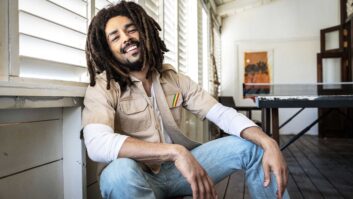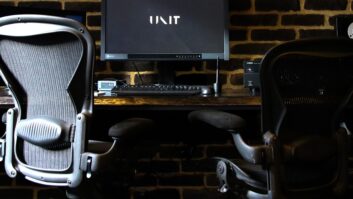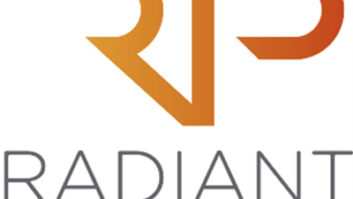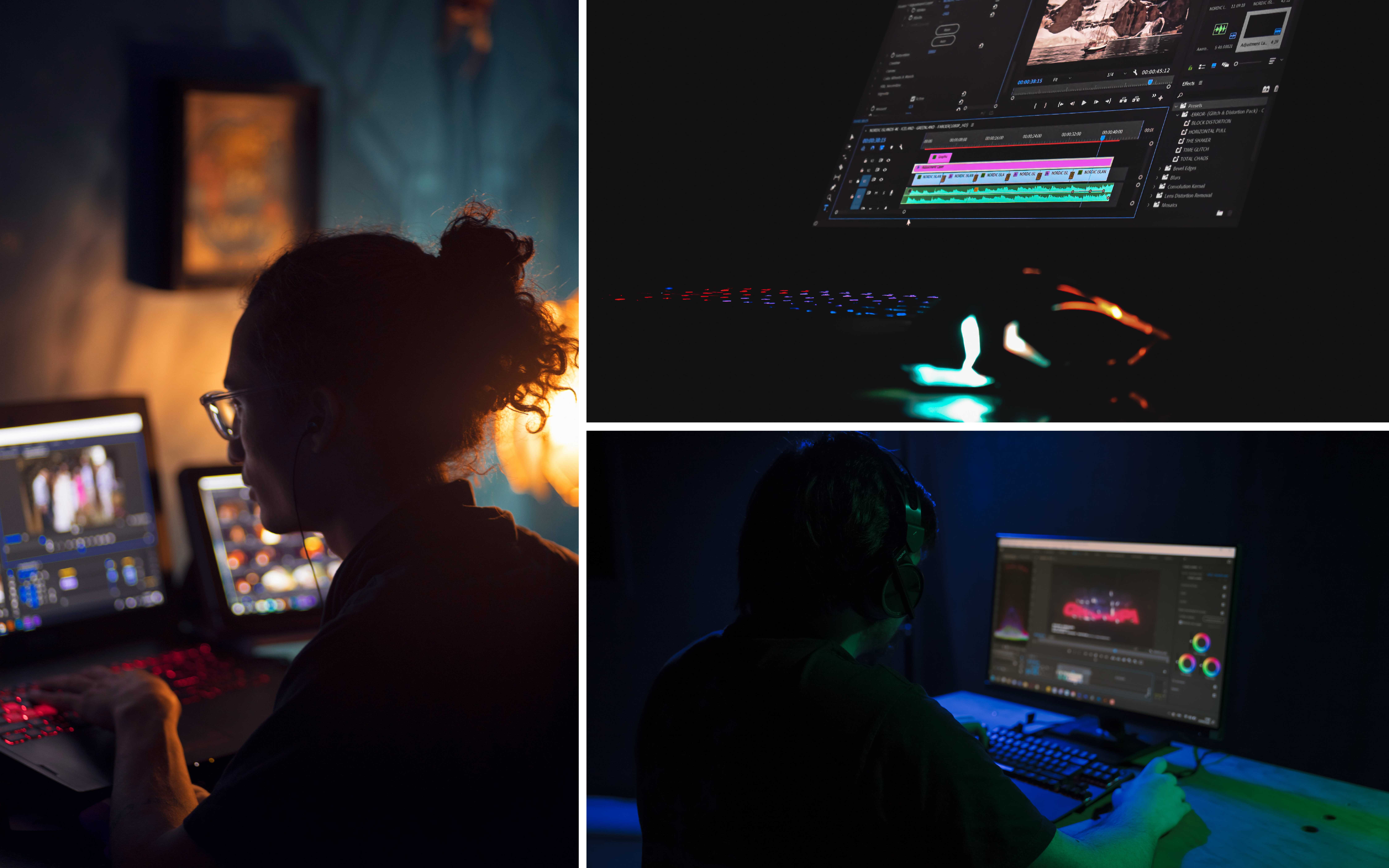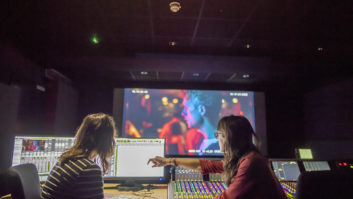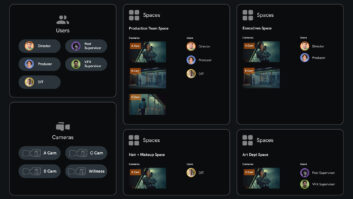A new industry appears to be emerging in what has become known as ‘digital cosmetic surgery’ among top-ranking Hollywood actresses and singers. One example is Los Angeles post house Lola VFX, following its triumph with the ageing-reversing opening scenes for X-Men: The Last Stand, writes Richard Dean.
The trend, revealed to TVB-E by Autodesk’s Senior Manager of Product Manager Maurice Patel during a visit to London last week, goes way beyond the routine enhancement of fashion and music magazine photography by a graphic artist.
“They have tried using traditional graphic artists’ techniques, but couldn’t get a suitably convincing result in motion footage,” said Patel. “Companies like Lola VFX have actually hired trained cosmetic surgeons to advise on bone structure and the best way to build up natural contours, allowing more realistic facial enhancements based on fundamental anatomical principles to be created.”
Which productions have gone under the electronic knife remain shrouded in secrecy, as performers are loath to admit that their physical appearance – however expertly-lit, filtered or gelled – falls short of perfection. Based around tweaks performed in Autodesk Flame and Inferno, Patel claims that there is now a brisk trade in digital makeovers among other VFX specialists besides Lola, many – perhaps unsurprisingly – within the US.
Patel also revealed that the vast majority of car commercials now use 3D models based on the manufacturer’s original computer-aided designs rather than real production models, in a process he describes as ‘From CAD to ad’.
“Photographing cars, especially in motion, is a notoriously difficult, expensive and time-consuming process,” he says, “and would almost certainly involve retouching during post production in any case. Starting from the CAD model at the outset with manipulation on Maya or 3ds Max and compositing in Flame and Inferno offers more control and flexibility on colours, tones and the ability to perform spectacular driving stunts.”
However Patel identifies a production paradox in character animation dubbed ‘Uncanny Valley’, where the closer VFX artists get to reality, the harder it becomes for viewers to suspend disbelief. “It is down to the skills of the animator to add just enough exaggeration or distraction in the final composite to reduce the likelihood that this phenomenon will take hold,” he said, adding that the lion’s share of VFX budget now goes on operators rather than equipment or software.
